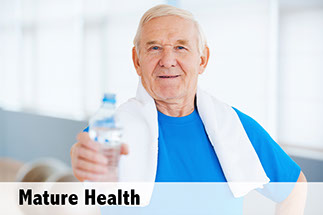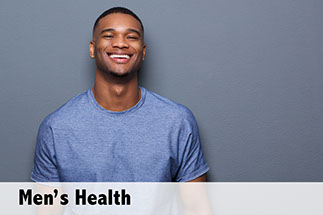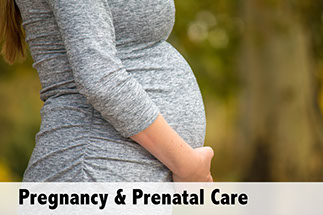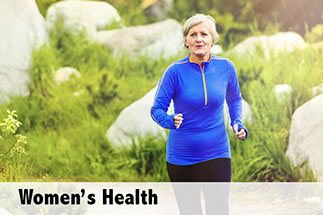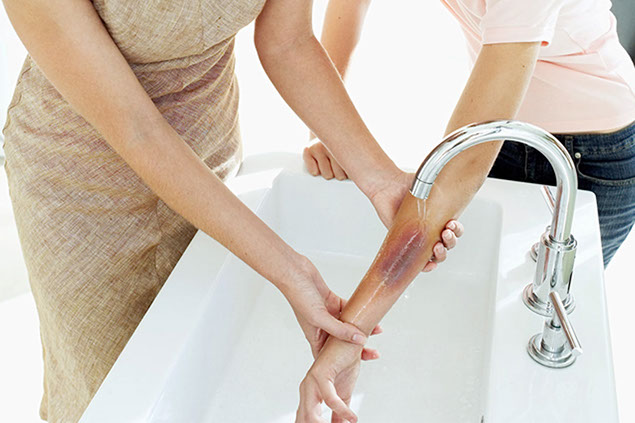CONDITIONS
SYMPTOM CHECKER
Male
Female
Child
Arm, Hand & Shoulder Concerns
Legs & Feet Concerns
Dental & Mouth Concerns
Ear & Nose
Eye Conditions
Head Conditions
Arm, Hand & Shoulder Concerns
Legs & Feet Concerns
Front
Back
Arm, Hand & Shoulder Concerns
Dental & Mouth Concerns
Ear & Nose
Eye Conditions
Head Conditions
Arm, Hand & Shoulder Concerns
Dental & Mouth Concerns
Ear & Nose
Eye Conditions
Head Conditions
Front
Back
Arm, Hand & Shoulder Concerns
Neck Links
Head & Neck Concerns
Arm, Hand & Shoulder Concerns
Neck Links
Head & Neck Concerns
Front
Back
Online Clinic
Wise Healthcare
Burns
Signs & Symptoms
First-degree burns affect only the outer skin layer. The skin area appears dry, red, and mildly swollen. First-degree burns are painful and sensitive to touch. They should feel better in 1 to 2 days. They heal in about a week.
Second-degree burns affect the skin’s outer and lower layers. The skin is painful, swollen, red, and has blisters. The skin also has a weepy, watery surface.
Third-degree burns affect the outer and deeper skin layers and organs below the skin. The skin appears black-and-white and charred. It swells. Tissue under the skin is often exposed. Third-degree burns may have less pain than first-degree or second-degree burns. Why? No pain is felt where nerve endings are destroyed. Pain may be felt around the margin of the burn, though.
Burns can result from dry heat (fire), moist heat (steam, hot liquids), electricity, chemicals, or from radiation, including sunlight. The longer the skin is exposed to the burn source, the worse the burn can be.
Treatment
Third-degree burns always need emergency care. A second-degree burn needs immediate care if it is on the face, hands, feet, genitals, a joint, or if the burn affects a large area. Self-Care/First Aid treats most first-degree burns and second-degree burns.
Resources
National Safety Council
Questions to Ask
Question 1
With or following a burn, do any of these problems exist?
• Loss of or decreasing level of consciousness.
• Breathing problems, chest pain, fast or irregular pulse.
• The person was in an enclosed room with exposure to a large amount of smoke from a fire.
Get medical care without delay. If symptoms are life threatening go to the ER or call 9-1-1. Don’t call 9-1-1 or use the ER if symptoms do not threaten life. Ask your doctor ahead of time where you should go for a problem that needs prompt care, but not emergency care.
Question 2
Does the burn affect outer and deeper skin layers and do any of these signs occur?
• The skin looks charred or black and white and dry.
• Skin layers separate. This may look like burned pages of a paper book.
• The burned area covers more than the size of the person’s palm. Pain is not felt.
Get medical care without delay. If symptoms are life threatening go to the ER or call 9-1-1. Don’t call 9-1-1 or use the ER if symptoms do not threaten life. Ask your doctor ahead of time where you should go for a problem that needs prompt care, but not emergency care.
Question 3
Does the burn appear red with swelling, blisters, and pain at the time of the burn? If so, do any of these problems occur?
• On an infant or child, it covers more than an area the size of the palm of the child’s hand.
• On an adult, the area affected is larger than 10 square inches or is more than two times the size of an adult’s palm.
• The burn is on the face, hands, feet, genital area, or on any joint.
Get medical care without delay. If symptoms are life threatening go to the ER or call 9-1-1. Don’t call 9-1-1 or use the ER if symptoms do not threaten life. Ask your doctor ahead of time where you should go for a problem that needs prompt care, but not emergency care.
Question 4
Does a chemical burn affect a large area of the body? Or, does it affect the hands, feet, face, eyes, or genital area?
Get medical care without delay. If symptoms are life threatening go to the ER or call 9-1-1. Don’t call 9-1-1 or use the ER if symptoms do not threaten life. Ask your doctor ahead of time where you should go for a problem that needs prompt care, but not emergency care.
Question 5
Do any of these problems occur?
• A sunburn affects a large area of the body. It is very painful. The skin appears red, dry, and shiny. Shivering or chills also occur.
• A burn affects a person who is diabetic, elderly, or who has a lowered immune status from illness, taking medicine, etc.
• A burn causes uncontrolled pain despite using Self-Care.
• The burn has not improved in 48 hours.
You should be seen by your doctor for medical advice. Contact your doctor or health care provider to find out how soon you should be seen.
Use Self-Care / First Aid:
You can probably take care of the problem yourself if you answered NO to all the questions. Use the “Self-Care” measures that are listed. Call your doctor if you don’t feel better soon, though. You may have some other problem.
Self-Care / First Aid
For Severe Burns Before Emergency Care
• Remove the person from the source of heat. Call 9-1-1! Keep the person’s airway open. Treat for Shock.
• Remove hot or burned clothes that come off easily, not if they are stuck to the skin.
• Cover the burns loosely with clean cloths. Use direct pressure to control bleeding. Don’t rub.
• Stay with the person until medical care arrives.
• If lye or a dry chemical gets on the skin, brush off the powder. Then flush with clean water for at least 20 minutes or until EMS arrives. Remove glasses, but not contacts, before treating the eyes.
For First-Degree and Second-Degree Burns (that are less than 3'' in diameter)
• Use cold water or cloths soaked in cold water on burned areas for 15 minutes or until the pain subsides. Do not use ice at all. Doing this could result in frostbite.
• Cover the area loosely with a dry cloth, such as sterile gauze. Hold it in place by taping only the edges of the gauze. Change the dressing the next day and every 2 days after that.
• Don’t use ointments. Aloe vera can be applied over closed skin 3 to 4 times a day. For a more severe burn less than 3'' x 2'', use Second Skin Moisture Pads, etc.
• Don’t break blisters. If they break on their own, apply an antibacterial spray or ointment or treatment prescribed by your doctor. Keep the area loosely covered with a sterile dressing.
• Prop the burned area higher than the rest of the body, if you can.
This website is not meant to substitute for expert medical advice or treatment. Follow your doctor’s or health care provider’s advice if it differs from what is given in this guide.
The American Institute for Preventive Medicine (AIPM) is not responsible for the availability or content of external sites, nor does AIPM endorse them. Also, it is the responsibility of the user to examine the copyright and licensing restrictions of external pages and to secure all necessary permission.
The content on this website is proprietary. You may not modify, copy, reproduce, republish, upload, post, transmit, or distribute, in any manner, the material on the website without the written permission of AIPM.
2021 © American Institute for Preventive Medicine - All Rights Reserved. Disclaimer | www.HealthyLife.com

